
Grounded in the Science of Reading, My Reading Academy pre-K through 5th grade is designed to create fluent, confident readers.

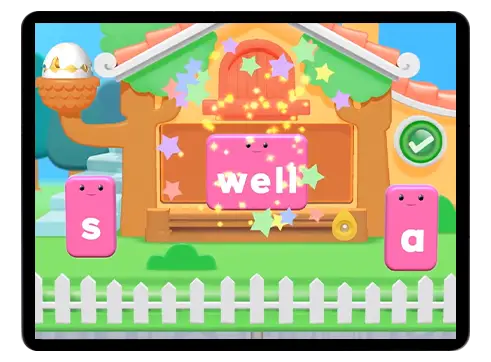
Grounded in the Science of Reading
Explicit, systematic foundational skills instruction is paired with rich reading and language comprehension experiences to build proficiency, beginning in pre-K.
- Phonological awareness and phonics concepts are explicitly taught through clear, focused, instructional videos.
- Topic-based vocabulary is introduced in an immersive interactive reader, focused on STEAM and social studies topics.
- Comprehension and vocabulary instruction includes modeling and guided practice to support students as they practice reading behaviors.
- AI-powered student fluency assistant measures speed and accuracy.
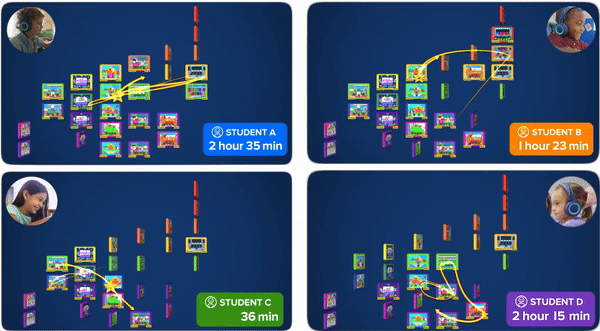
Personalized, Adaptive Learning
Powered by an evidence-based Knowledge Map and patented technology, every student receives a personalized path to becoming a fluent, confident, and strategic reader.
- In-game, adaptive placement activities quickly identify a student’s current skill level, launching a unique Learning Pathway.
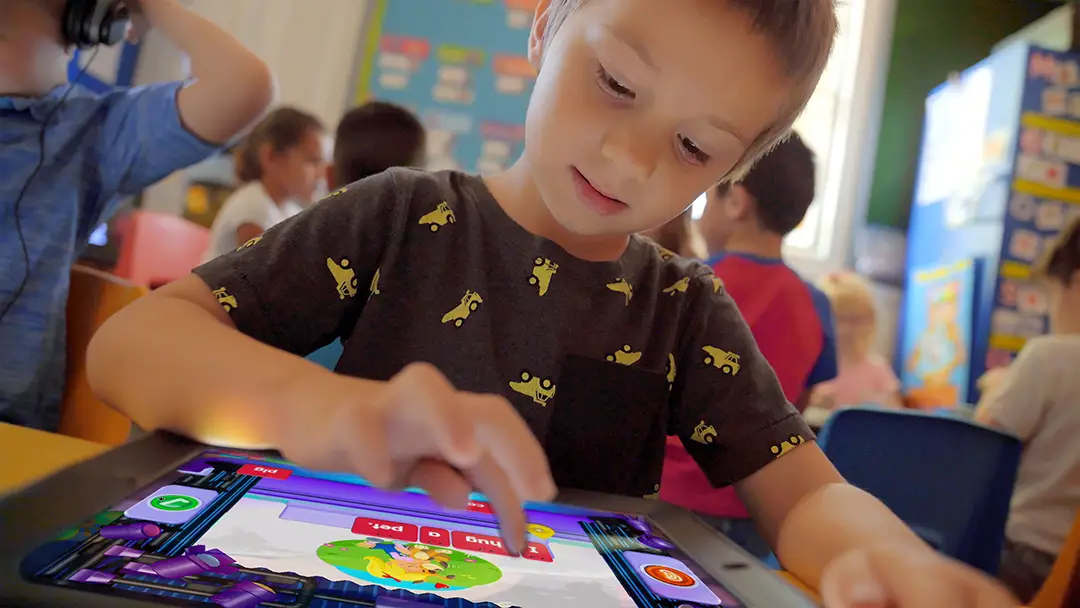
Moment-to-Moment Scaffolding
Unlike other programs, My Reading Academy automatically gives the right amount of support without having to move students to a completely different activity.
- Dynamic technology instantly recognizes when a student needs additional support and makes the right pivots in real-time.
- Layered, in-game scaffolds include audio, visuals, and even modulating the difficulty of the activity itself.
- Feedback is personalized to each student’s specific response, rather than based on a generic score range.
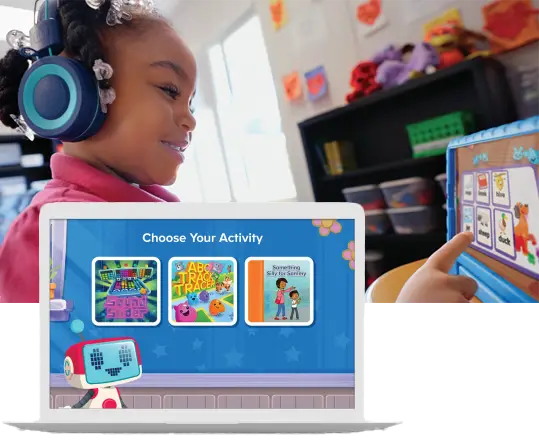
Supports for Every Student
From intervention to enrichment and MLL to MTSS, My Reading Academy delivers the precise support every student needs to succeed.
- Multi-tiered Systems of Support (MTSS) seamlessly reinforce instruction across all tiers, integrating academic, behavioral, and social supports.
- Automated grouping recommendations for students with common areas of need.
- Comprehensive Multilingual and Emergent Bilingual supports feature voiceover directions in students' home native languages, along with visual and audio cues throughout learning activities.
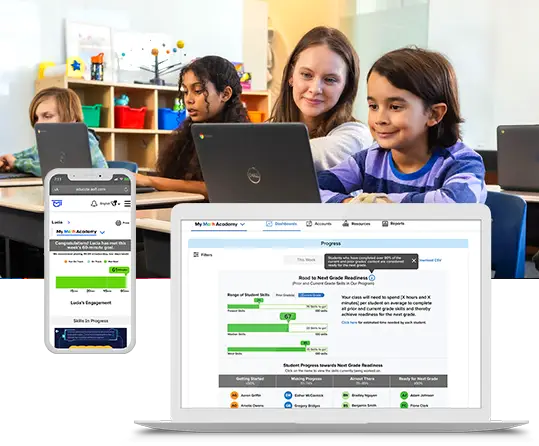
Real-Time Dashboards, Actionable Insights
Dynamic Dashboards enable educators to take immediate action to support each student’s progress toward mastery.
- Monitor student growth at the district, school, and classroom level.
- Access additional differentiation for 1:1 and small group support.
- Measure progress against state standards and benchmarks.
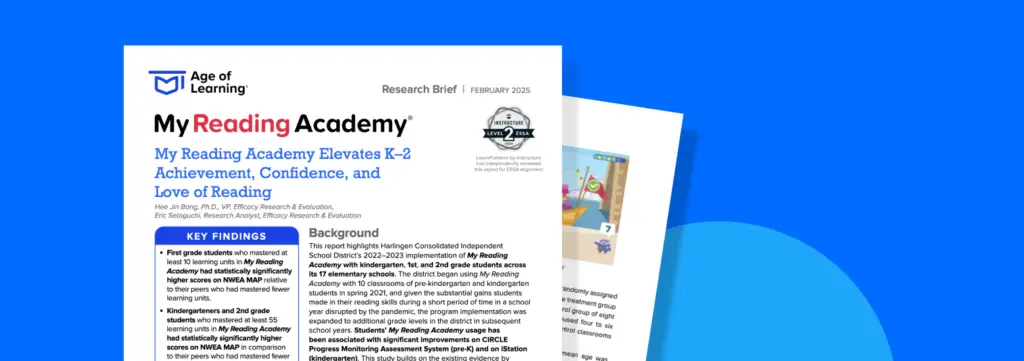
Research Brief
My Reading Academy Elevates K–2 Achievement, Confidence, and Love of Reading
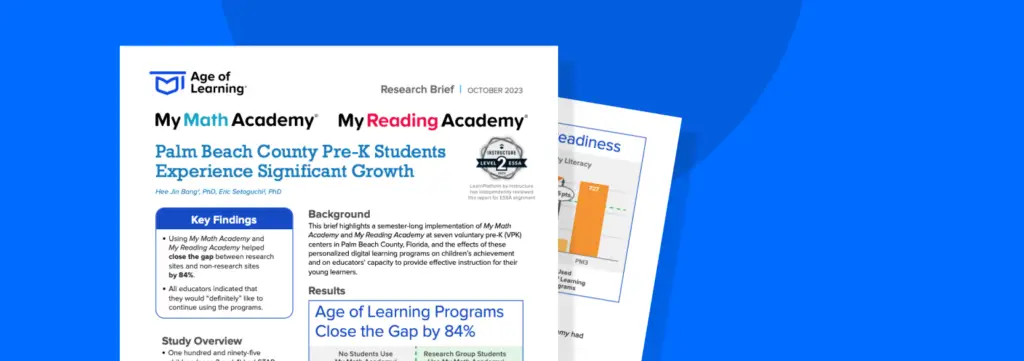
Research Brief
Palm Beach County Pre-K Students Experience Significant Growth
“They all love it. My teachers love it. They’re really excited about the program. And the kids love it.”
—Principal, New Jersey
“If every school across the nation could utilize a resource such as My Math Academy and My Reading Academy, we would not have gaps to close.“
—Intervention Specialist, Florida
“I have a student who started the school year only knowing the alphabet. . . . Because of the games in My Reading Academy, he can now read short CVC words.“
—Pre-K teacher, Texas
“I would recommend [My Reading Academy] to other teachers. It’s easy to implement. It’s something that is going to help [my students] develop the skills that they need.“